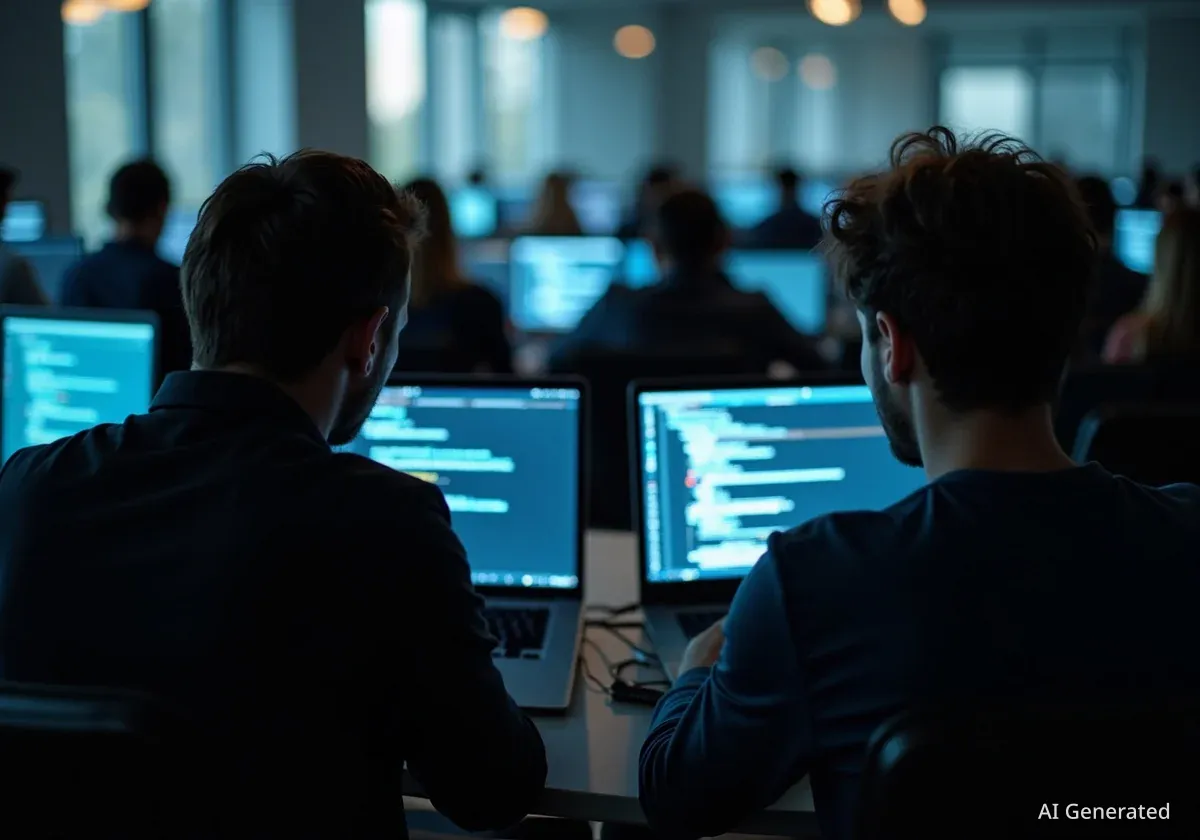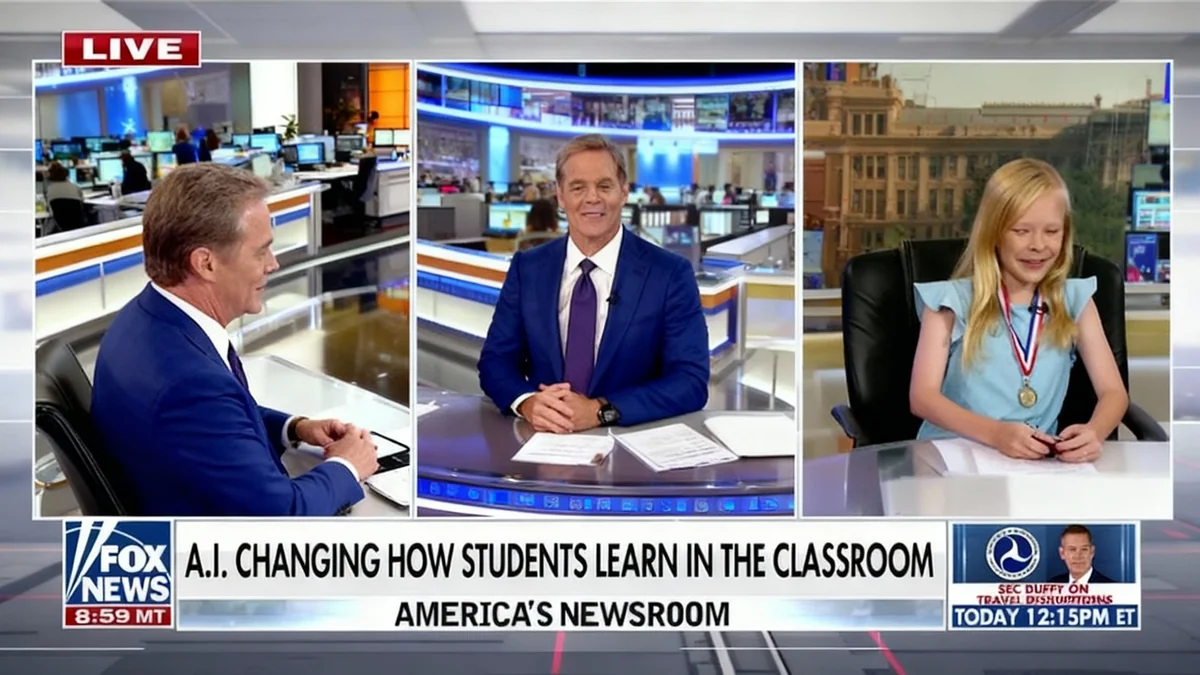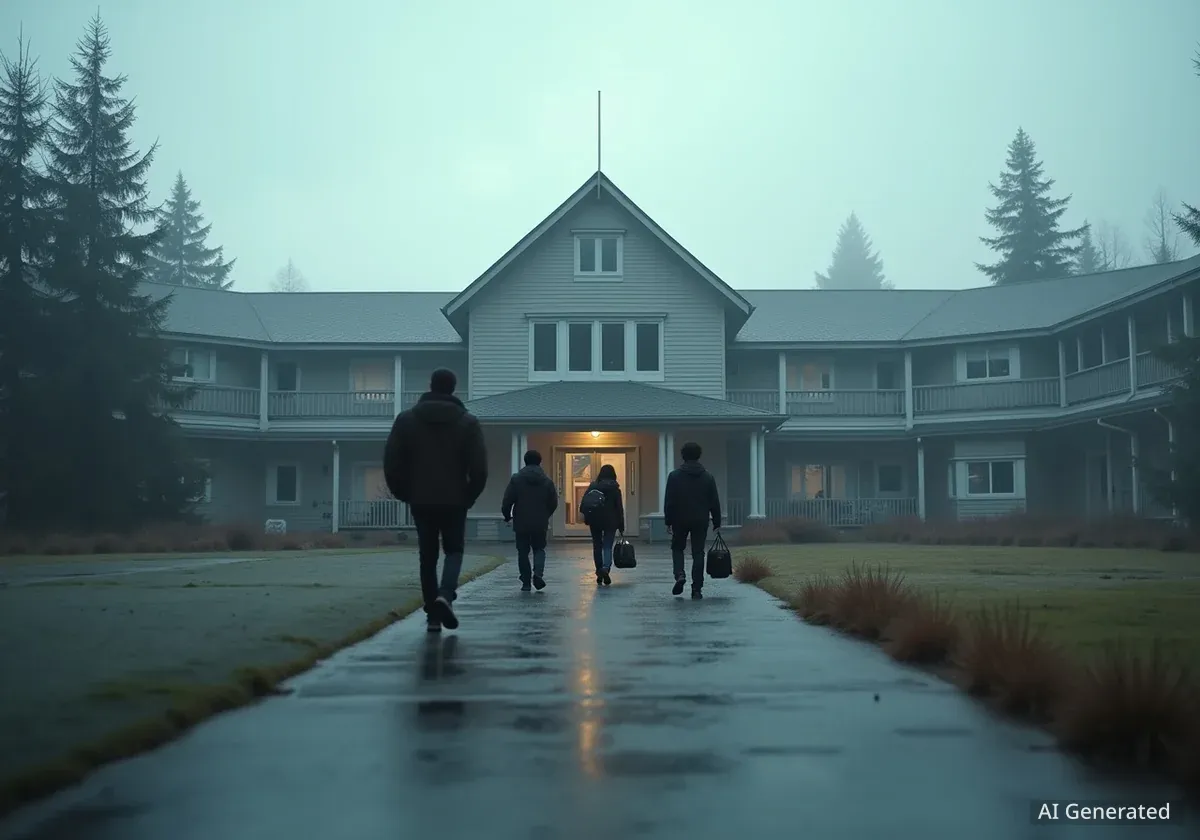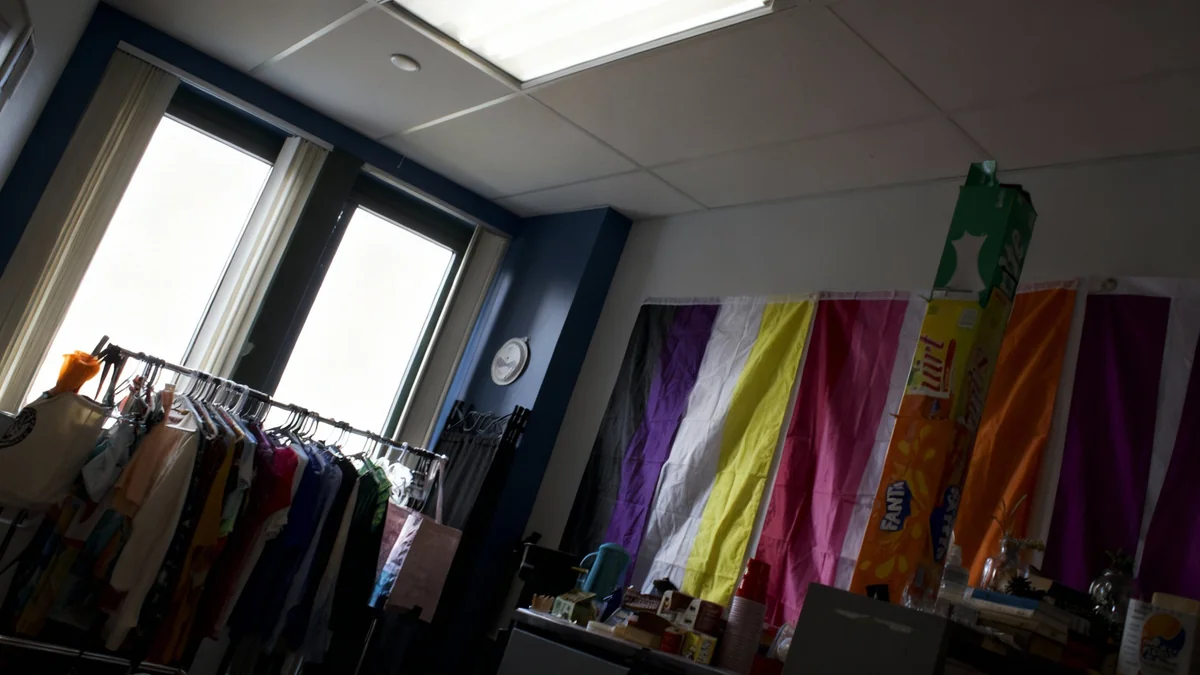Imperial Valley held its first-ever NASA International Space Apps Challenge on October 4-5, 2025, at Central Union High School in El Centro. The two-day hackathon brought together students, engineers, and tech enthusiasts to use NASA's public data for solving real-world problems, marking a significant step for STEM engagement in the region.
Coordinated by Soroptimist International of El Centro, the event connected local innovators with a global scientific community. Participants worked in teams to develop projects addressing challenges related to climate, agriculture, and space exploration, culminating in presentations to a panel of local experts and officials.
Key Takeaways
- Central Union High School in El Centro hosted Imperial Valley's first NASA International Space Apps Challenge.
- The event, held on October 4-5, 2025, involved participants using NASA's open data to create solutions for global issues.
- A team comprising Nirvana Azul Encinas, Alissa Martens, and Frederico Molina won first place and will proceed to the global judging round.
- The hackathon was organized by Soroptimist International of El Centro to promote STEM education and opportunities in the community.
A New Platform for Local Innovators
The NASA Space Apps Challenge is a global event that encourages collaboration and problem-solving. For Imperial Valley, hosting the hackathon provided a new platform for residents to engage with science, technology, engineering, and mathematics (STEM) fields on an international level.
Teams formed on Saturday morning and worked intensively throughout the weekend. Their projects were presented on Sunday afternoon to a panel that included university professors and members of the Imperial County Board of Supervisors. The event highlighted the diverse talent within the community, with participants ranging from a 7-year-old to university students and professional engineers.
What is a Hackathon?
A hackathon is an event, typically lasting several days, where a large number of people meet to engage in collaborative computer programming. The NASA Space Apps Challenge is a specific type of hackathon focused on using space science and data to address challenges on Earth and in space.
Competition Winners Announced
After two days of development and presentations, the judges recognized several teams for their innovative projects.
- First Place: Nirvana Azul Encinas, Alissa Martens, and Frederico Molina. Their project earned them a spot in the next round of global judging.
- Second Place: Rabi Islam, Zee Valenzuela, and Ashton Havens.
- Honorable Mention: The father-son team of Angel and Hiram Gaspar.
Fostering Opportunity and Inclusivity
For Alejandra Early, the local lead for the NASA Space Apps Challenge, bringing the event to El Centro was a personal mission. As a former aerospace research student from Mexico, she understood the need for local STEM opportunities.
"This brings an opportunity to the students that I could not find when I first arrived here," Early stated. She also noted the event's inclusive nature, expressing surprise and pleasure at the wide age range of contestants. "I believed the competition was solely going to be university students, but when I got here yesterday I realized one of the contestants was as young as 7 years old."
Early praised the dedication of the participants, many of whom worked late into Saturday evening and returned early Sunday to finalize their projects. "I’m very impressed by many of the participants’ resilience and work ethic because it’s hard to spend two days working on a project," she added.
Global Reach of NASA Space Apps
The NASA International Space Apps Challenge is the largest annual global hackathon. Since its inception in 2012, it has engaged hundreds of thousands of citizens across the globe in using NASA's open data to build innovative solutions to challenges we face on Earth and in space.
Showcasing Local STEM Education
The event also served as a showcase for the progress of STEM education in Imperial Valley. Imperial County Supervisor Martha Cardenas-Singh, who served as a judge, saw the hackathon as a direct result of the increased focus on STEM in local schools.
"I think there’s been such a focus on STEM being taught in our education system that this is really an opportunity where students can really showcase the education and the knowledge that they’re receiving," Cardenas-Singh said. She emphasized the practical experience the event provided.
She also highlighted the importance of seeing young women participating and excelling in the competition. "It was great to see young ladies that took this upon themselves and that they envisioned themselves in a STEM field," she remarked. "So not only are they learning it, they’re modeling it and they’re able to show that women can progress in such a field."
Participant Experiences and Future Hopes
For many students, the collaborative aspect of the hackathon was a major highlight. Kevin Patiño, a 19-year-old math student at Imperial Valley College, said his favorite part was the teamwork. "Before getting here yesterday, I really only knew one of my teammates so I have really enjoyed getting to know and connect more with my other two teammates," he explained.
Other participants viewed the event as a crucial step forward for the region. "I feel like it’s a stepping stone in bringing more STEM related events to the Imperial Valley, especially because I feel there is not much emphasis on it," said Diego Rios. Eighteen-year-old Elvis Acosta shared a similar sentiment, stating, "This emphasis on STEM is something I hope to change for the Imperial Valley."
Expert Judges Impressed by Creativity
The judging panel was impressed by the quality and creativity of the projects. Dr. Kai-Chung Cheng, an assistant professor at SDSU Imperial Valley, noted the blend of data analysis and imagination. "I’m really impressed by the new generation and their knowledge of things that I was not even aware of myself," he said. "For example, one team used a 3D printer to create a model to show us how we can observe what’s happening from space."
Dr. Miguel Zavala, another judge, pointed out how teams applied their work to local concerns. "For this local area, it’s obvious people are more sensitive to climate change, so they add their knowledge from that to possibly implement some kind of scientific knowledge to solve the issue here," he observed, mentioning a project focused on agriculture.
Building a Foundation for the Future
The event's success was a significant achievement for the organizers, Soroptimist International of El Centro. President Ivonne Sotomayor explained that the initiative aligns perfectly with the organization's mission to expand educational access, particularly for women and girls.
"Space Apps gives girls — and the broader community—hands-on learning in coding, data, design, teamwork, and pitching," Sotomayor said. She described the feeling of seeing the event come together in just a few weeks as "historic and energizing."
Sotomayor emphasized that this is only the beginning. "By launching Space Apps in October 2025, we showed students they can solve real problems and build careers here without leaving the community," she stated. "The 2025 launch is the foundation — 2026 is about scale and full district alignment."





